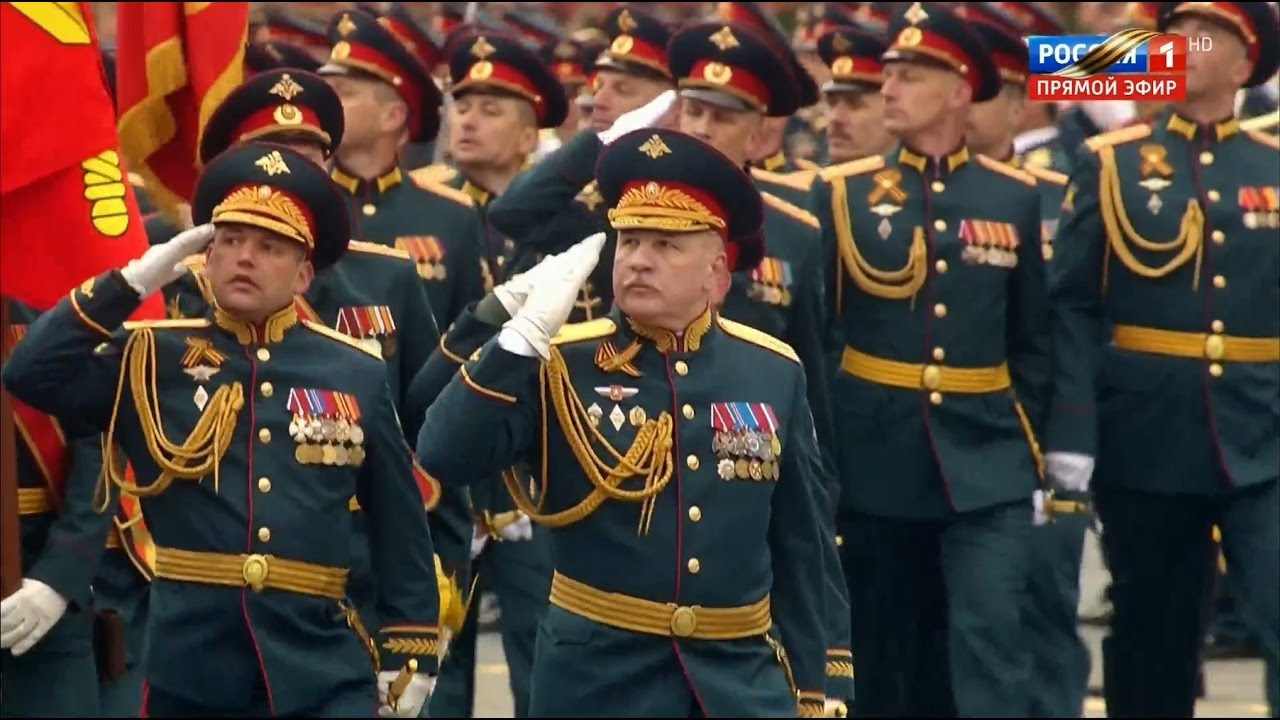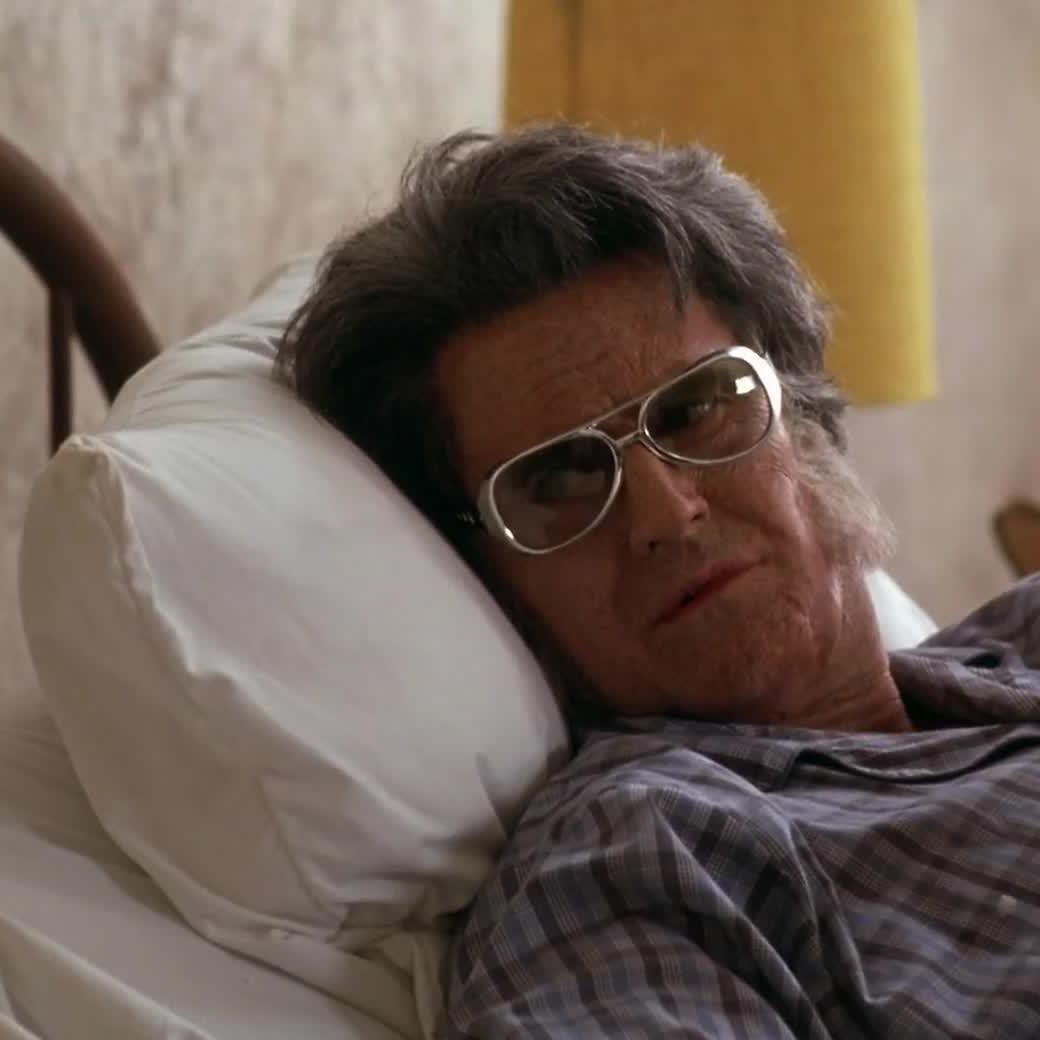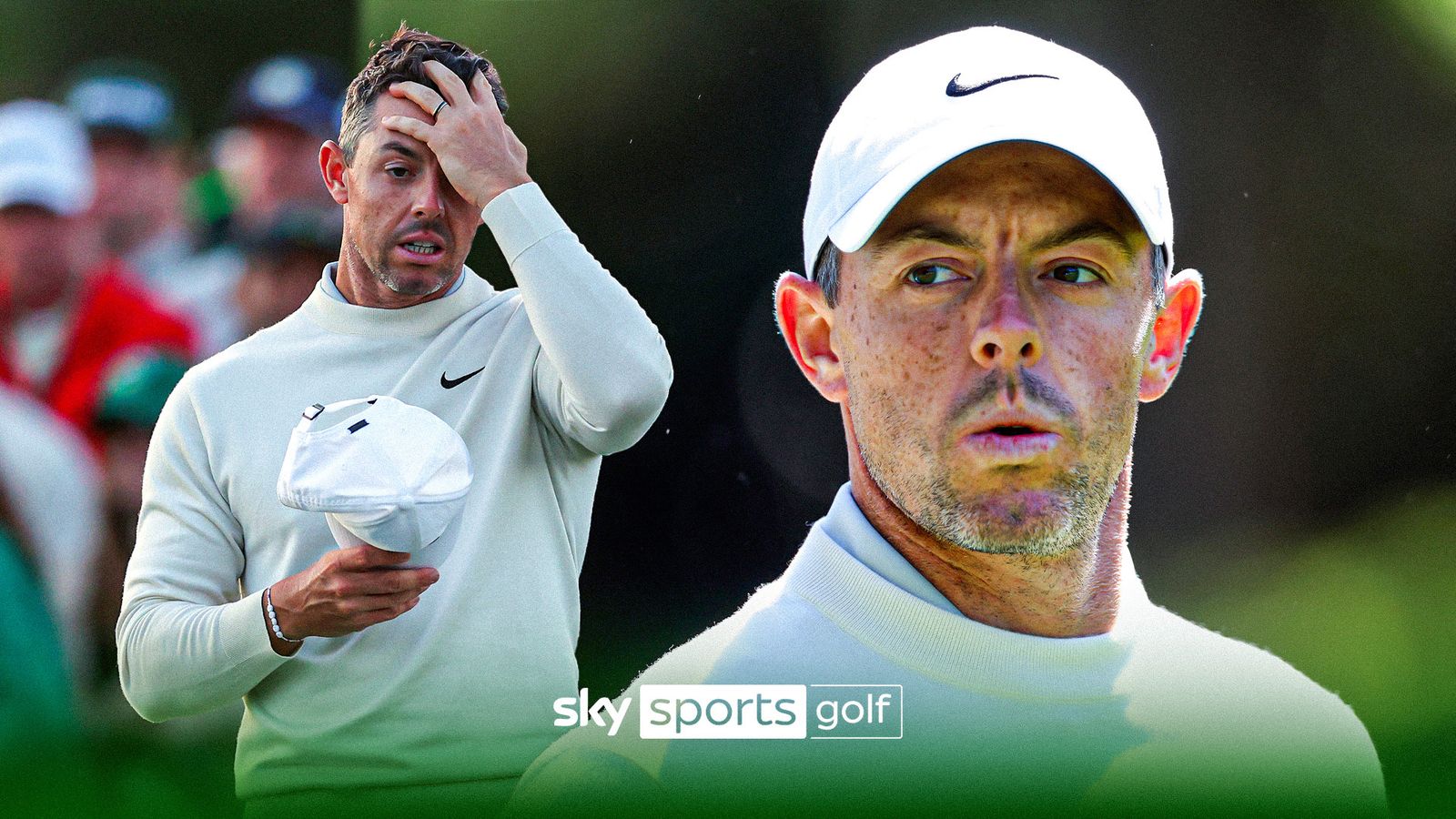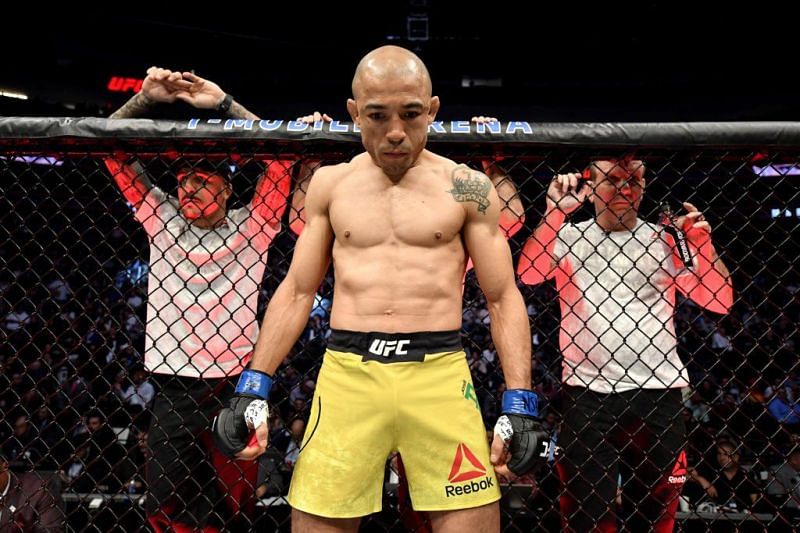Putin's Victory Day Parade: A Show Of Russian Military Strength

Table of Contents
The annual Victory Day Parade in Moscow, overseen by Vladimir Putin, is far more than a simple commemoration of the Soviet victory in World War II. It's a meticulously staged spectacle of Russian military might, a powerful display designed to showcase the nation's weaponry and project a carefully crafted image onto the world stage. This year's parade, particularly against the backdrop of the ongoing conflict in Ukraine, holds even greater significance, demanding a closer examination of its underlying message and global implications.
Military Hardware on Display: A Showcase of Russian Capabilities
The Victory Day Parade serves as a prime opportunity for Russia to exhibit its advanced weaponry and military capabilities. The parade is a carefully curated selection, designed to impress both domestic and international observers.
Advanced Weapons Systems
The parade typically features a range of cutting-edge weaponry, highlighting Russia's technological advancements and military strength. This year was no exception.
- T-14 Armata tanks: These next-generation tanks represent a significant advancement in Russian tank technology, boasting advanced armor protection and firepower. Their presence signifies Russia's commitment to modernizing its ground forces.
- Iskander short-range ballistic missile systems: The Iskander missiles are highly maneuverable and capable of carrying both conventional and nuclear warheads. Their display underlines Russia's precision strike capabilities.
- Su-57 stealth fighters: These fifth-generation fighter jets represent a considerable leap forward in Russian air power, featuring advanced stealth technology and superior maneuverability. Their inclusion emphasizes Russia's ambition to compete with leading global air forces.
- S-400 air defense systems: These long-range surface-to-air missile systems are crucial for Russia's air defense network. Their display reinforces Russia's commitment to defending its airspace.
The strategic implications of showcasing these weapons systems are clear: Russia aims to demonstrate its military readiness and deter potential adversaries.
Nuclear Deterrence
While the explicit emphasis on nuclear capabilities might vary from year to year, the underlying message of nuclear deterrence is always present. The parade often features elements that subtly, yet powerfully, remind the world of Russia's nuclear arsenal.
- Nuclear-capable missiles: Although not always explicitly identified, the parade typically includes missile systems capable of carrying nuclear warheads, serving as a visual reminder of Russia's nuclear capabilities.
- Subtle messaging: The overall tone and imagery of the parade can contribute to the message of nuclear deterrence, reinforcing Russia's position as a major nuclear power.
The message conveyed to adversaries is one of strength and resolve, a warning against any actions that could be perceived as threatening Russia's security.
Symbolic Significance and Domestic Messaging
Beyond the technological showcase, the Victory Day Parade carries profound symbolic significance for the Russian people and serves as a crucial tool for domestic messaging.
Patriotism and National Unity
The parade is meticulously designed to evoke feelings of patriotism and national unity.
- Imagery and music: The parade utilizes powerful imagery, including historical references and stirring military music, to stir national pride and evoke a sense of shared history and purpose.
- Speeches and narratives: Putin's speeches and the overall narrative surrounding the parade aim to foster a sense of collective identity and bolster support for the government.
- Public opinion: The parade significantly influences public opinion, shaping narratives and reinforcing the government's desired image of strength and stability.
The event serves to consolidate support for the regime and maintain social cohesion.
Propaganda and the War in Ukraine
The Victory Day Parade has increasingly been utilized as a platform to justify and legitimize Russia's military actions in Ukraine.
- Implicit and explicit references: While explicit references to the Ukraine conflict might be subtle, the overall message of military strength and national resolve directly links to the ongoing war.
- Propaganda effectiveness: By associating the parade with military might and national pride, the Kremlin attempts to frame the war in Ukraine as a necessary action to protect Russia's interests and security. The effectiveness of this propaganda strategy is a subject of ongoing debate.
International Implications and Global Response
The Victory Day Parade is not just a domestic event; it carries significant international implications and elicits diverse reactions from around the globe.
Message to the West
The parade’s message to Western nations is multifaceted, often interpreted as a demonstration of Russia's military capabilities and resolve.
- Relationship with NATO: The parade serves as a direct message to NATO and other Western alliances, signaling Russia's military preparedness and its readiness to defend its interests.
- Potential for escalation: Depending on the specific displays and messaging, the parade can be interpreted as either a signal of de-escalation or, conversely, as a potential precursor to increased aggression.
The interpretation of the message is crucial to understanding Russia's geopolitical intentions.
Reactions from Other Countries
The international response to the Victory Day Parade is varied and often reflects the complex geopolitical landscape.
- Condemnation and criticism: Many Western nations strongly condemn the parade, viewing it as a blatant display of military power and propaganda amid an ongoing conflict.
- Neutral or supportive stances: Some countries, particularly those with closer ties to Russia, may offer more neutral or even supportive reactions.
These differing perspectives highlight the deep divisions in the international community regarding Russia's actions.
Conclusion
Putin's Victory Day Parade is a significant event, demonstrating Russia's military strength, projecting a specific image domestically and internationally, and shaping narratives around the conflict in Ukraine. The parade showcases advanced weaponry, subtly emphasizes nuclear deterrence, and is used to foster patriotism and justify military actions. International responses are widely varied, highlighting the significant geopolitical implications of this annual event.
Call to Action: For a deeper understanding of the complexities of the geopolitical landscape and the ongoing implications of Putin's actions, further exploration into analyses of the Victory Day Parade and related events is crucial. Stay informed about Russia's military capabilities and international relations. Understanding the significance of the Victory Day Parade is key to understanding Russia's foreign policy and its role in the global arena.

Featured Posts
-
 Selena Gomezs Unintentional Reveal A Look Into Her Life With Benny Blanco
May 11, 2025
Selena Gomezs Unintentional Reveal A Look Into Her Life With Benny Blanco
May 11, 2025 -
 Augusta National Rory Mc Ilroys Daughters Putting Prowess
May 11, 2025
Augusta National Rory Mc Ilroys Daughters Putting Prowess
May 11, 2025 -
 Crazy Rich Asians A New Tv Series Adaptation Coming To Max
May 11, 2025
Crazy Rich Asians A New Tv Series Adaptation Coming To Max
May 11, 2025 -
 Faber To Stop All Refugee Outings A New Approach
May 11, 2025
Faber To Stop All Refugee Outings A New Approach
May 11, 2025 -
 Ufc 315 How Jose Aldos Weight Cut Impacts The Event
May 11, 2025
Ufc 315 How Jose Aldos Weight Cut Impacts The Event
May 11, 2025
